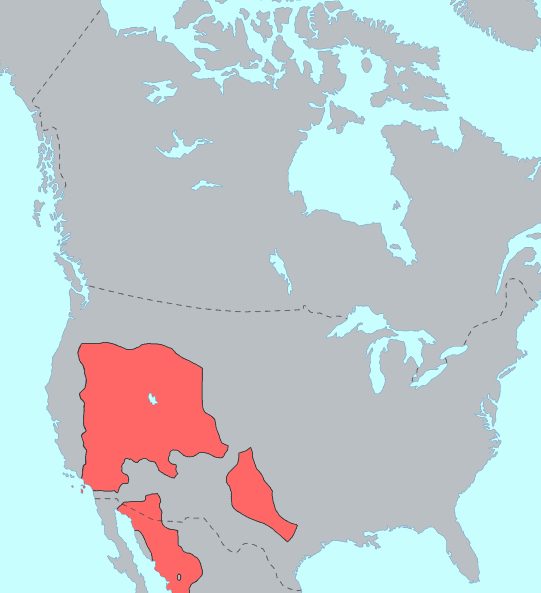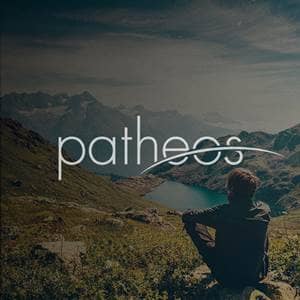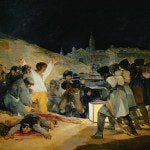
(Wikimedia Commons public domain image)
It’s Friday noon, Utah time! So, as has happened hundreds of times before, a new article has gone up in Interpreter: A Journal of Latter-day Saint Faith and Scholarship.
This one is by Brian D. Stubbs:
“Answering the Critics in 44 Rebuttal Points”
Abstract: After publishing several articles in peer-reviewed journals, the author published Uto-Aztecan: A Comparative Vocabulary (2011), the new standard in comparative Uto-Aztecan, favorably reviewed and heartily welcomed by specialists in the field. Four years later, another large reference work, Exploring the Explanatory Power of Semitic and Egyptian in Uto-Aztecan (2015), was also favorably reviewed but not as joyfully welcomed among specialists as its predecessor. While some saw it as sound, more were silent. Some disliked the topic, but no one produced substantive refutations of it. In August 2019, Chris Rogers published a review, but John S. Robertson’s response to Rogers’s review and my response in the first 24 items rebutted below shed new light on his criticisms. Following on the heels of Rogers’s review, Magnus Pharao Hansen, specializing in Nahuatl, blogged objections to 14 Nahuatl items among the 1,528 sets. Rogers’s and Hansen’s articles gave rise to some critical commentary as well as to a few valid questions. What follows clarifies the misconceptions in Rogers’s review, responds to Hansen’s Nahuatl issues, and answers some reasonable questions raised by others.
Editor’s Note
Critics of the Book of Mormon often argue that no evidence exists for contact between the ancient Near East and the Americas. Accordingly, proof of such contact would demolish a principal objection to Joseph Smith’s prophetic claims. If the thesis of Brian Stubbs’s works is correct, he has furnished precisely that proof.
As might be expected, Stubbs’s efforts have drawn criticism from some, but not all, of his linguistic peers. This article represents a response by Stubbs to those criticisms. Stubbs’s works are admittedly complex and highly technical. They are, therefore, difficult, and it can take quite a bit of work for a reader to assimilate and understand the implications of his arguments. That very complexity and difficulty, though, precludes dismissal of Stubbs’s works out of hand.
Has Stubbs proved the Book of Mormon true? No, but his data suggest that speakers of both Egyptian and a Semitic language came into contact with Uto-Aztecan speakers at roughly the same time as Book of Mormon events purportedly occurred and that a distinct Semitic infusion occurred at a different point.
Stubbs’s work is important and it deserves careful, reasoned consideration by scholars and lay readers alike.
—Editor
Here are instructions on how to make a donation to the Interpreter Foundation:
“Donating to the Interpreter Foundation”















